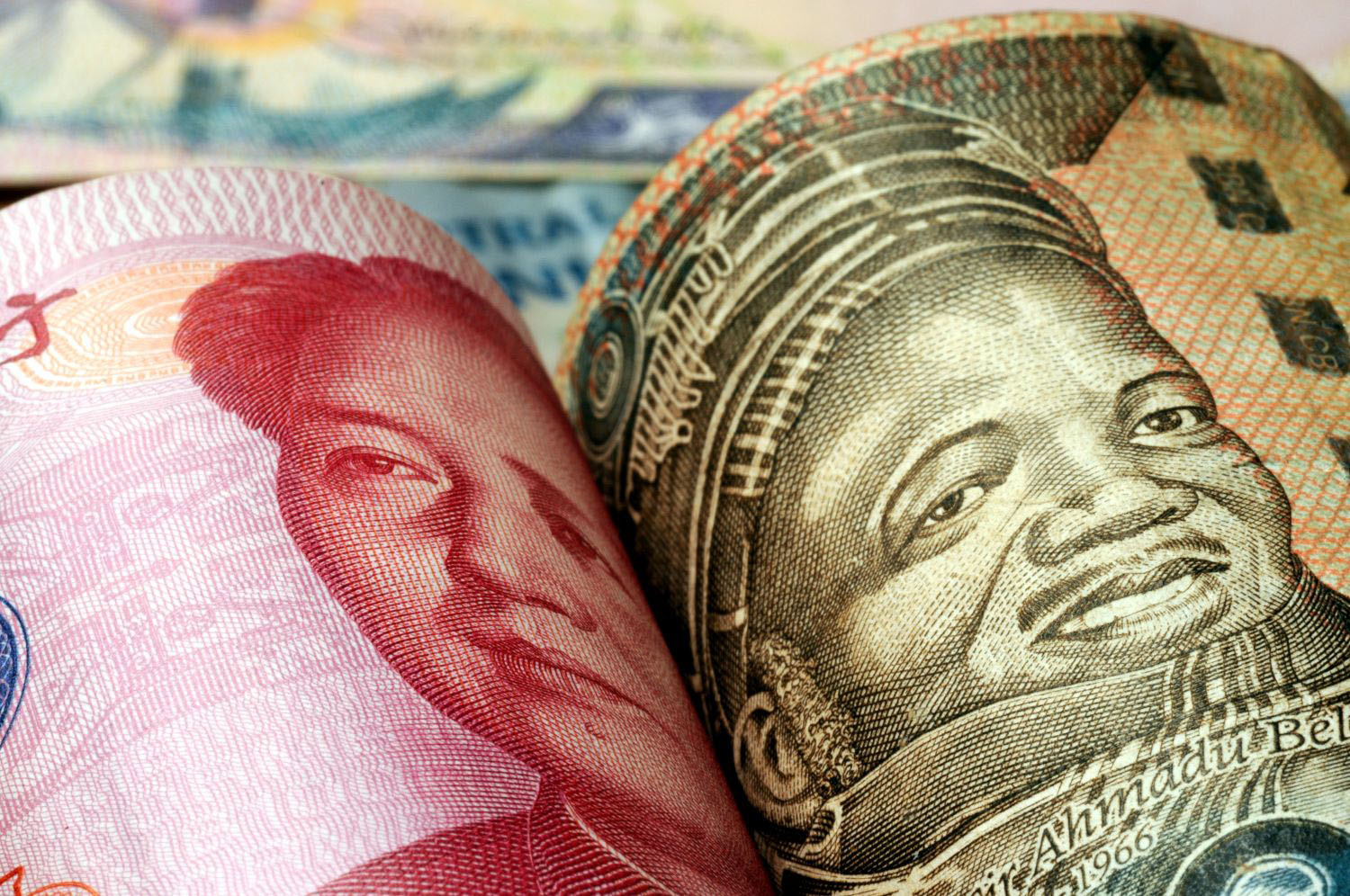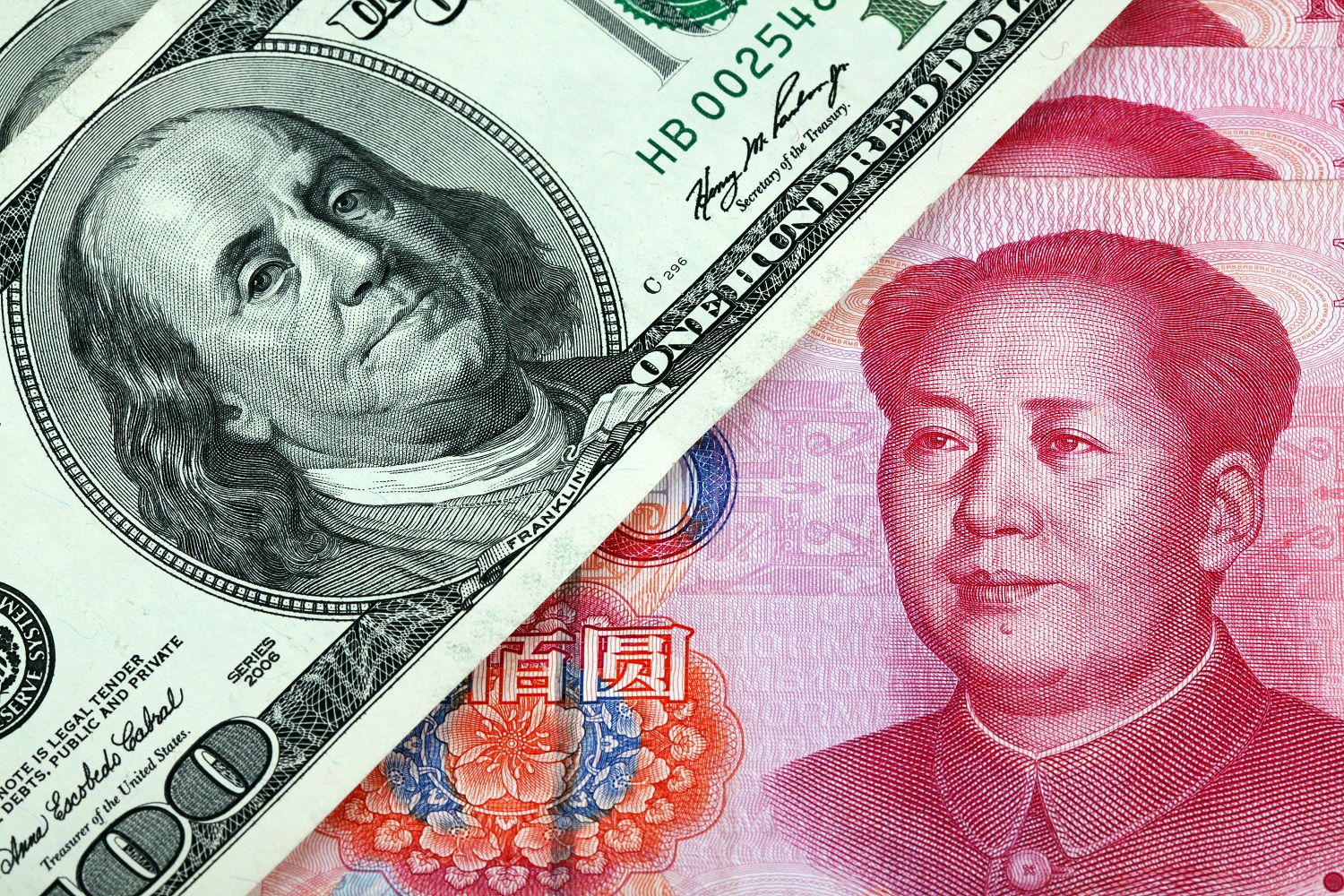Recommended
This note was revised in February 2021. The original version, published in November 2020, is available here.
Abstract
We examine the behavior of Chinese government lenders in two debt rescheduling episodes: a “low stakes” case involving Seychelles and a “high stakes” case involving the Republic of Congo. For each loan that was rescheduled, we measure the change in its grant element and the net present value (NPV) of the haircut taken by the creditor. In Seychelles, where China’s exposures were small, we find that Beijing offered extensive debt relief which was comparable to that provided by Paris Club creditors, as reflected in loan haircuts averaging 61%. In the Republic of Congo, where Beijing had greater exposure and the borrower had limited leverage, China Eximbank actually increased the value of its portfolio in net present value terms by 23%. The fact that the Republic of Congo was worse off after rescheduling its debts with Beijing underscores the importance of exposing these deals to public scrutiny before they are finalized and building borrower country capacity to negotiate more favorable deals.
1. Background/Policy Context
It is increasingly clear that low income governments and their external creditors will face a debt reckoning triggered by the COVID crisis. Of the 73 countries eligible for the G20 Debt Service Suspension Initiative (DSSI), only 11 present a low risk of debt distress. The purpose of the DSSI is to create fiscal space for low income governments to respond to the health and economic effects of the pandemic in their countries. But the initiative will not address the longer-term outlook for countries whose external debt is unsustainable given that the debt payment standstill does not entail any reductions in payments (i.e., the suspensions are “neutral” in net present value terms).
No doubt, for a small number of DSSI countries, long-term debt sustainability is not a major concern and the payment suspensions will serve their short-term purpose. But for the majority of DSSI countries, some degree of debt forgiveness from creditors will likely need to be on the table. And as much as the relatively modest DSSI has already revealed fault lines across categories of creditors, major cleavages are likely to emerge when it comes to creditor responses to calls for widespread debt forgiveness. Certainly for commercial creditors, who have become increasingly active in low income country markets over the past decade, debt forgiveness in the face of defaults is likely to follow the messy script that has come to define sovereign defaults in the absence of a strong coordination and enforcement mechanism.
But even among official creditors, there are grounds for concern about the prospects for a well-coordinated and timely response to debtor country needs. Historically, coordination issues were fine-tuned through an arrangement in which the largest bilateral creditors worked on a consensus basis through the Paris Club and it in turn coordinated with the IMF and other major multilateral creditors. The Paris Club remains active, and in fact has been prominent in the DSSI. But a club-led approach has collapsed as a result of China’s emergence as the dominant bilateral creditor.
According to new estimates released by the World Bank, the Chinese government accounts for 57% of the debt owed to bilateral creditors by low income country governments (Figure 1), and debt service to China will account for two-thirds of all debt service to bilateral creditors over the next four years (Figure 2).[1]
From this dominant position, China’s behavior as a creditor in the face of widescale debt distress will substantially influence the effectiveness of any international response. In this note, we consider China’s approach to coordination with other creditors through the DSSI and its pre-DSSI approach to debt distress among its borrowers. We also undertake a detailed assessment of two country cases where official creditors from China have already completed debt restructurings. In order to anticipate how Chinese state-owned banks may engage with different types of borrowers during the DSSI era, we analyze the experiences of two countries that sit on different ends of the distribution: a “high stakes” case where Chinese creditors stood to lose a lot of money if the final terms of the rescheduling were particularly favorable to the borrower, and a “low stakes” case where Beijing had relatively limited financial exposure. We also introduce a consistent set of metrics that can be used to judge whether Chinese debt reschedulings are more favorable to lenders or borrowers.
[1] In June 2020, the World Bank published data on public and publicly guaranteed debt stocks and debt service by creditor country. The publicly available debt stock data from the World Bank’s Debtor Reporting System (DRS) indicate that China is the single largest bilateral lender to 46 of the 63 poorest countries in the world (that participate in the DRS). The publicly available debt service data from the DRS also indicate that China is the single largest bilateral lender to 45 of these 63 countries. See https://datatopics.worldbank.org/debt/ids/
Rights & Permissions
You may use and disseminate CGD’s publications under these conditions.







